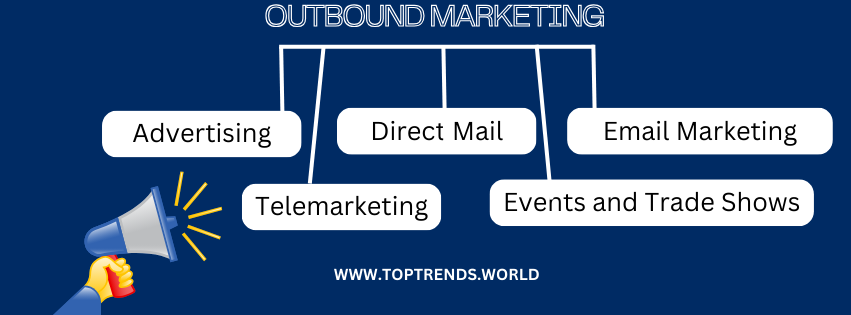How to Create a Successful Social Media Marketing Plan: Strategies and Tips
Social media marketing has become an integral part of modern business strategy. By leveraging platforms like Facebook, Instagram, Twitter, LinkedIn, and more, businesses can connect with their audience, build brand awareness, and drive engagement. This blog will explore the essentials of social media marketing, including its benefits, key strategies, and best practices to help you optimize your social media presence.

What is Social Media Marketing?
Social media marketing involves using social media platforms and websites to promote products or services, engage with your audience, and achieve marketing goals. It encompasses a variety of activities, including content creation, posting updates, running advertisements, and analyzing performance to drive brand growth and customer interaction.
Key Platforms for Social Media Marketing
- Facebook: Ideal for reaching a broad audience, sharing content, and running targeted ads.
- Instagram: Focuses on visual content, perfect for brand storytelling and influencer collaborations.
- Twitter: Great for real-time updates, news sharing, and engaging in conversations.
- LinkedIn: Best for B2B marketing, networking, and thought leadership.
- TikTok: Known for short-form video content, useful for reaching younger audiences and creating viral content.
- Pinterest: Effective for visual inspiration, driving traffic to websites, and targeting niche audiences.
Benefits of Social Media Marketing
- Increased Brand Awareness: Social media platforms allow you to reach a vast audience and increase your brand’s visibility.
- Enhanced Customer Engagement: Engage with your audience through interactive content, comments, and messages to build stronger relationships.
- Targeted Advertising: Run highly targeted ads to reach specific demographics, interests, and behaviors, maximizing your marketing efforts.
- Driving Website Traffic: Share content and promotions that encourage users to visit your website, boosting traffic and potential conversions.
- Improved Customer Insights: Analyze social media metrics and user interactions to gain valuable insights into customer preferences and behavior.
- Cost-Effective Marketing: Social media marketing can be more affordable than traditional advertising methods, offering both organic and paid options.
Effective Social Media Marketing Strategies
1. Define Your Goals
Start by setting clear, measurable goals for your social media marketing efforts. Common goals include:
- Brand Awareness: Increase the visibility and recognition of your brand.
- Engagement: Boost interactions with your content through likes, comments, shares, and mentions.
- Lead Generation: Attract potential customers and capture leads through social media campaigns.
- Sales and Conversions: Drive sales and conversions by promoting products or services directly.
- Customer Service: Provide support and address customer inquiries through social media channels.
2. Know Your Audience
Understanding your target audience is crucial for creating relevant and engaging content. Develop detailed buyer personas to identify:
- Demographics: Age, gender, location, and occupation.
- Interests and Preferences: What types of content and topics appeal to them.
- Pain Points: Challenges and needs that your brand can address.
3. Choose the Right Platforms
Select the social media platforms that align with your target audience and marketing goals. Focus on platforms where your audience is most active and where you can effectively showcase your content.
4. Create a Content Strategy
Develop a content strategy that outlines how you will create, share, and manage your social media content. Key elements include:
- Content Themes: Define key themes and topics relevant to your audience.
- Content Types: Determine the types of content you will create, such as blog posts, images, videos, infographics, and more.
- Posting Schedule: Plan and schedule your content to ensure consistent and timely updates.
- Engagement Tactics: Incorporate strategies for encouraging interaction, such as polls, quizzes, and user-generated content.
5. Use Paid Advertising
Social media advertising allows you to reach a larger and more targeted audience. Consider using:
- Sponsored Posts: Promote your posts to increase visibility and engagement.
- Paid Ads: Run targeted ads based on demographics, interests, and behaviors.
- Remarketing: Re-engage users who have previously interacted with your brand or visited your website.
6. Monitor and Analyze Performance
Track the performance of your social media efforts to understand what’s working and what needs improvement. Key metrics to monitor include:
- Engagement: Likes, comments, shares, and mentions.
- Reach and Impressions: The number of people who see your content.
- Click-Through Rate (CTR): The percentage of users who click on links in your posts.
- Conversion Rate: The percentage of users who complete desired actions, such as making a purchase or signing up for a newsletter.
- Audience Growth: The increase in followers and fans over time.
7. Adapt and Improve
Use insights from your performance analysis to make data-driven decisions and continuously improve your social media strategy. Experiment with new content formats, adjust your posting schedule, and refine your targeting to optimize your results.
Best Practices for Social Media Marketing
- Be Authentic: Share genuine content that reflects your brand’s voice and values.
- Engage with Your Audience: Respond to comments, messages, and mentions to build stronger relationships and foster community.
- Stay Consistent: Maintain a consistent posting schedule and brand messaging across all platforms.
- Leverage Visual Content: Use high-quality images, videos, and graphics to capture attention and drive engagement.
- Stay Updated: Keep up with social media trends and platform updates to ensure your strategy remains relevant and effective.
- Encourage User-Generated Content: Invite your audience to create and share content related to your brand, enhancing engagement and credibility.
Conclusion
Social media marketing is a powerful tool for connecting with your audience, building brand awareness, and driving business growth. By implementing effective strategies, creating engaging content, and continuously analyzing performance, you can harness the full potential of social media to achieve your marketing goals.
This blog provides a comprehensive overview of social media marketing, making it a valuable resource for businesses and marketers looking to optimize their social media efforts.





2 thoughts on “Mastering Social Media Marketing: Strategies to Boost Your Brand’s Online Presence”